$85bn ‘off-budget’ spend raises bottom line
Jim Chalmers plans to spend almost $85bn ‘off-budget’ over the next four years, adding to gross debt.
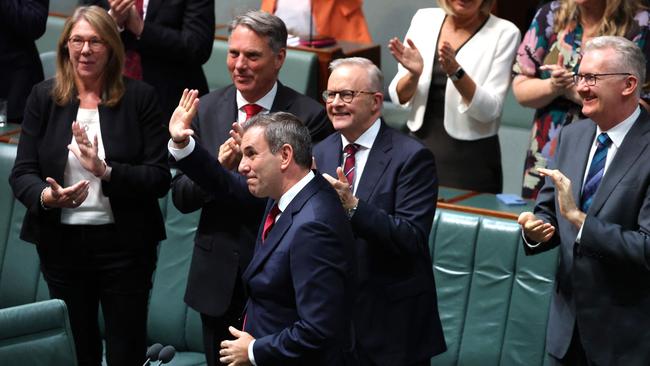
Jim Chalmers plans to spend almost $85bn “off-budget” over the next four years, as Labor ramps up its expenditure on loss-making investments, including the Whyalla steelworks, concealing the growth of its expenditure.
Under Treasury’s accounting rules, so-called off-budget spending is technically classified as an “investment” instead of an expense.
As a consequence, the budget bottom line is artificially improved as investment costs do not affect the underlying deficit or surplus which is widely reported in the media. The additional off-budget spending does, however, add to gross debt.
Instead, the off-budget spending surge, totalling $23.1bn next financial year, will affect the lesser-known headline cash balance, which is expected to record a $65.2bn deficit next financial year.
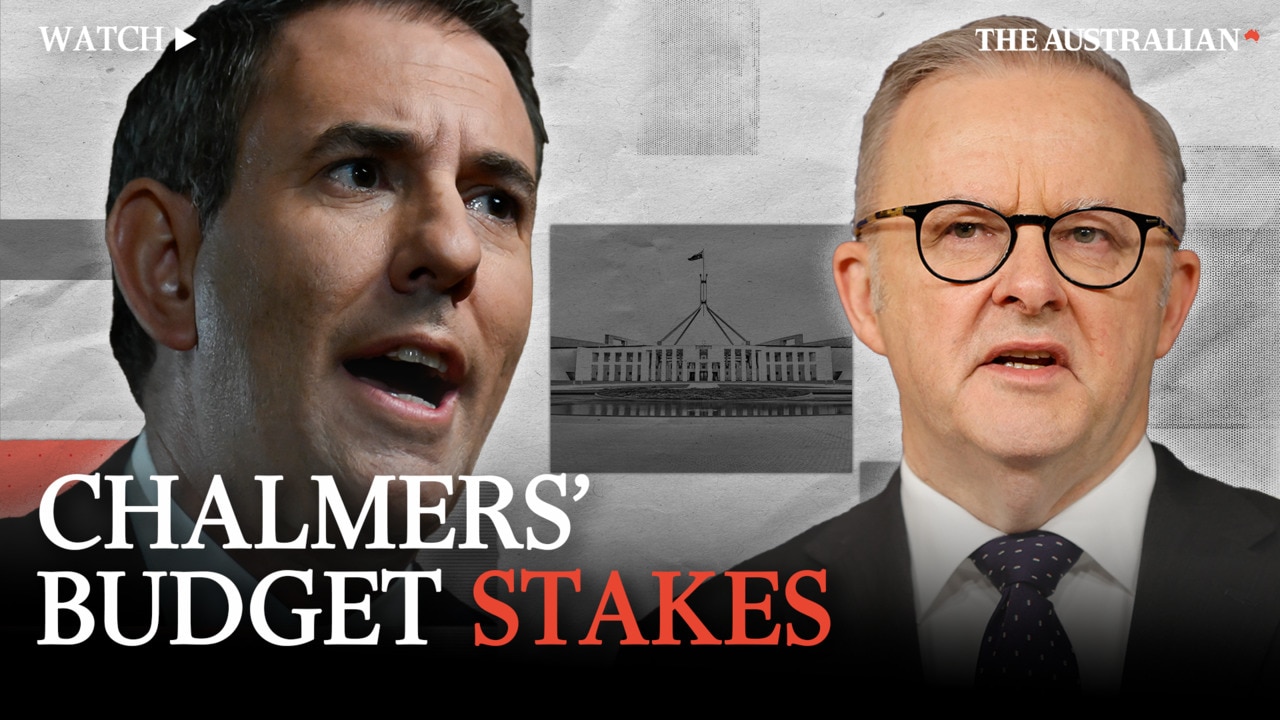
That figure is far bigger than the projected underlying cash deficit of $42.1bn.
Over the four-year forward estimates period, the headline cash deficit is expected to total $236.7bn, which similarly will be well in excess of the $151.9bn cumulative cash deficit, as the government pours further funds into the energy transition, social housing and industry support.
Among the drivers of the recent surge in off-budget spending is Labor’s pledge to slash $16bn in student debts, an additional $3bn in federal funding for the NBN, and $2.4bn in taxpayer aid to assist the troubled Whyalla steelworks.
While both Labor and the Coalition have historically listed off-budget measures, the Albanese government has significantly ramped up such outlays since it won office in May 2022.
In then-treasurer Josh Frydenberg’s final budget in March 2022, off-budget spending was projected at $33.7bn over five years.
But in Tuesday’s budget papers, that figure had soared to $103.9bn following the establishment of a range of energy and infrastructure investment vehicles, including Labor’s Housing Australia Future Fund which is expected to cost $11.4bn over the forward estimates period.
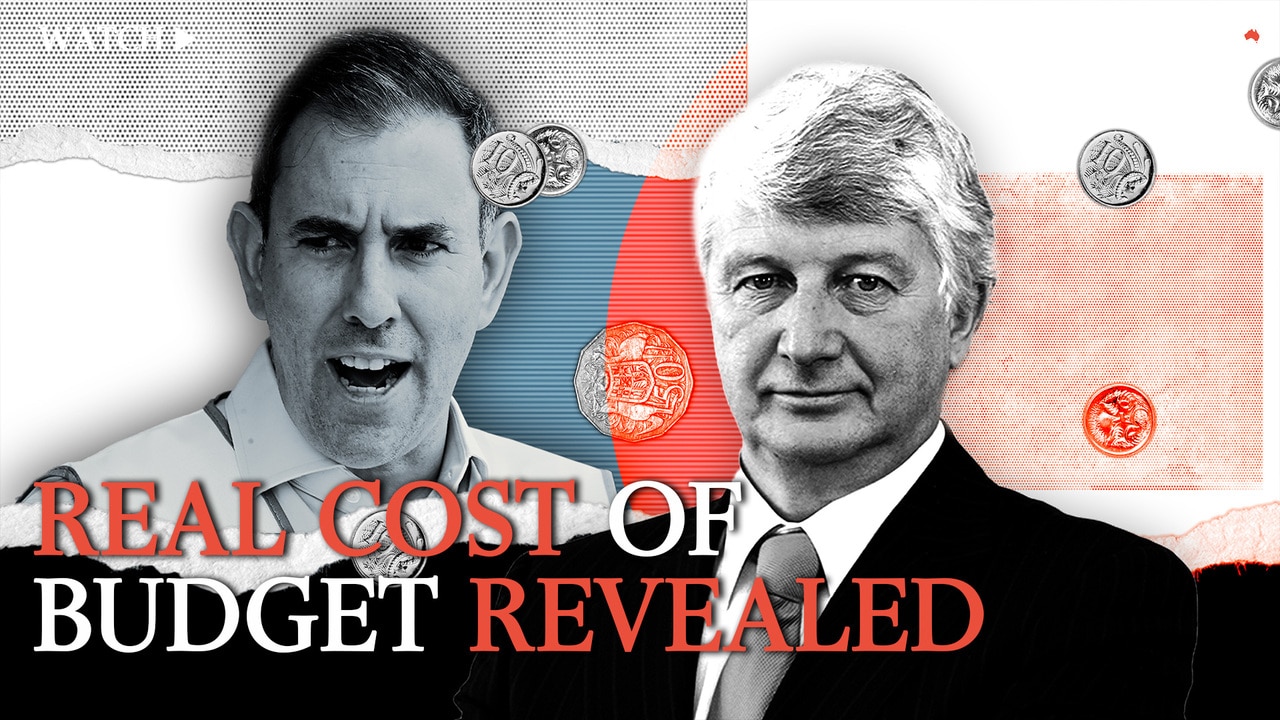
Similarly, the Northern Australia Infrastructure Facility established by then-deputy prime minister Barnaby Joyce is anticipated to cost taxpayers $2.6bn, the Gillard-era Clean Energy Finance Corporate has a $18.1bn price tag, while $5.3bn will be ploughed into Snowy Hydro 2.0, which was established by the Turnbull government.
The surge in off-budget spending, however, pales in comparison to how much it could increase should the Coalition win government and pursue its nuclear energy plans.
With the opposition estimating its taxpayer-funded nuclear energy policy would cost upwards of $300bn, this additional expenditure would drive off-budget spending far higher than its current levels.





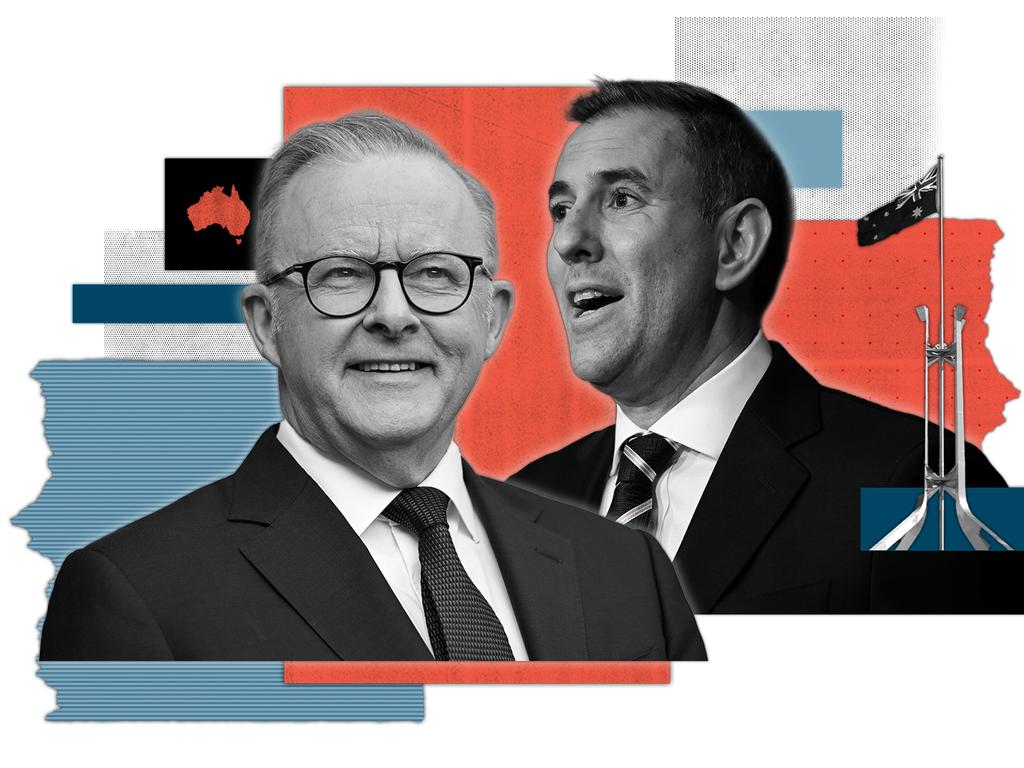

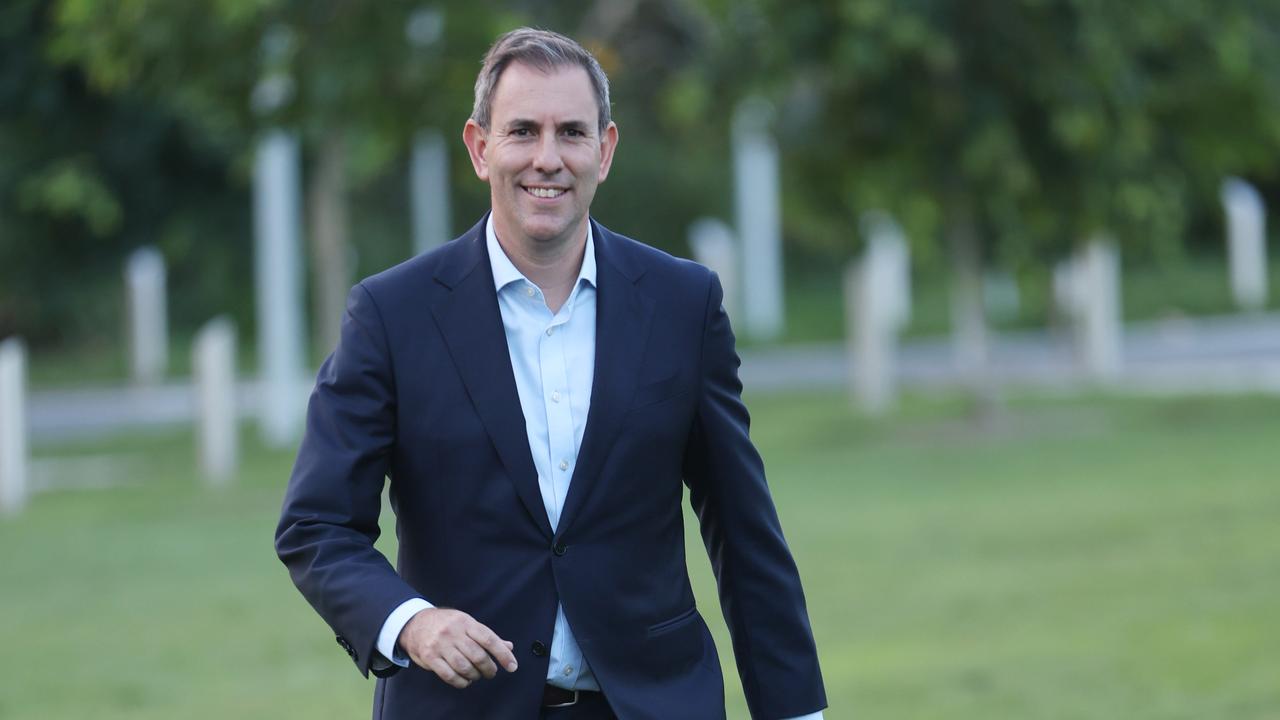
To join the conversation, please log in. Don't have an account? Register
Join the conversation, you are commenting as Logout